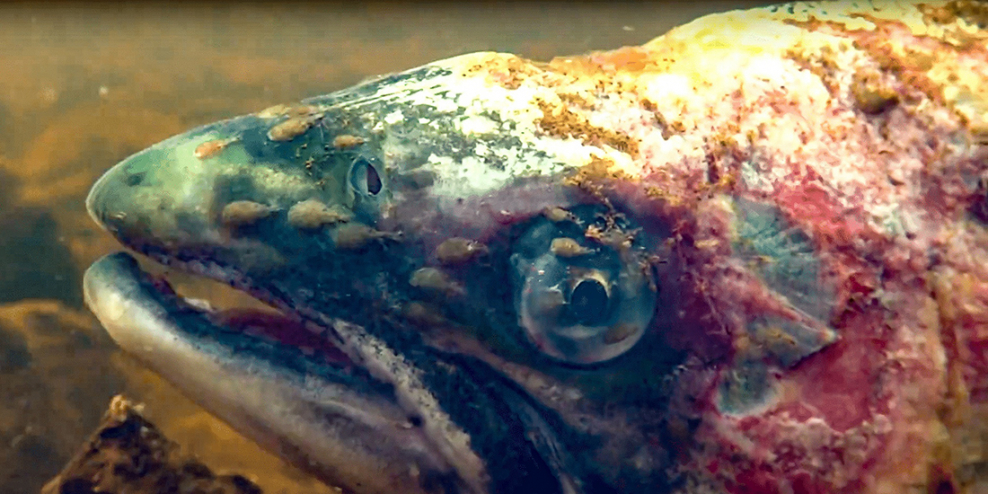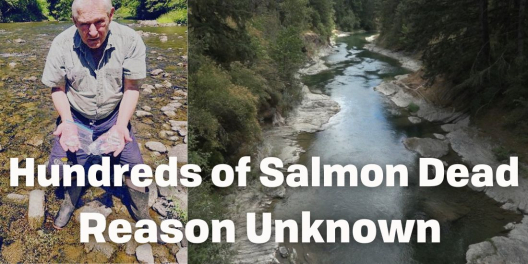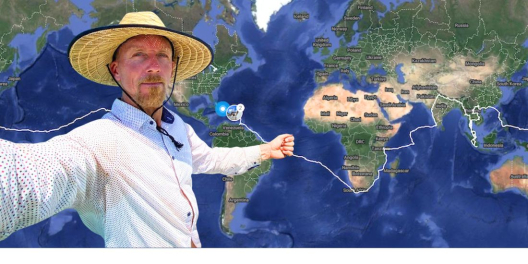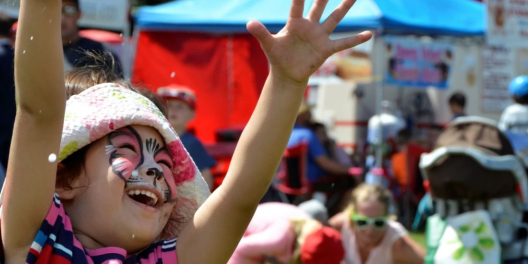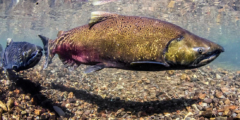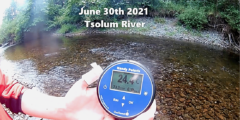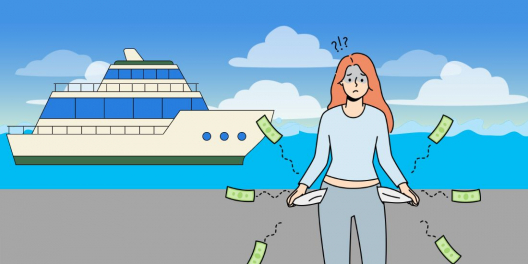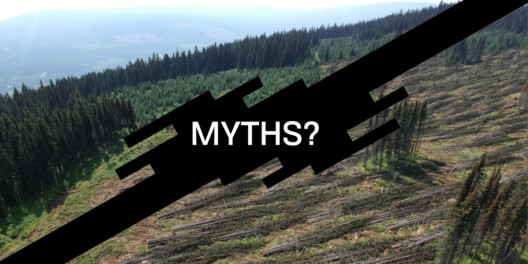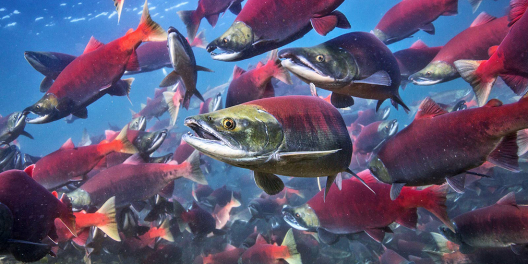A salmon farm sounds pretty tame, right? Kind of sweet, even.
Happy little salmon swimming around on a farm doesn’t sound so bad.
But what about sea lice, you might ask? Lice sounds like a pest a grade school kid could handle, right?
Plus there are a few First Nations that say they really benefit from them, that sounds pretty great!
But the marketing behind salmon farms paints a picture that doesn’t match reality.
At all.
If you don’t know too much about the industry, here are some things you should think about before you buy that next “fresh farmed” filet.
Your dinner doesn’t just contain Omega 3s
Remember the sea lice? Well, they’re a real problem. And they take a ton of chemicals to (somewhat) get rid of.
When you shower your food in chemicals, you end up eating some of those chemicals. They don’t just wash away.
While the federal government has approved these chemicals (sometimes under fishy circumstances), they still have an affect on our health.
Farmed salmon has been found to have sky-high levels of cancer-causing polychlorinated biphenyls (PCBs).
Do you have a farmed salmon poke bowl once a month? That can dose you with chemical levels that are higher than World Health Organization standards.
These chemicals are worst for kids and babies with developing brains.
Salmon farms kill a lot of salmon
Did you know that 15 to 20 percent of salmon in fish pens die before they are harvested? That’s tens of millions of fish.
Sure, chickens and cows die on farms, too. But only 5 percent of chickens die, and only 3.3 percent of cows.
Plus, salmon are carnivores. They eat other fish. So we kill other fish to feed salmon.
A quarter of the fish harvested from the world’s oceans winds up in feed for aquaculture and pets.
All this talk of fish farms feeding millions? We’re literally taking food from millions in other places to make food here. It doesn’t make sense.
Factory-bred salmon are killing our wild salmon
Back to the sea lice problem. They create gaping wounds as they eat the flesh of salmon in the factory farm pens. And salmon pens are ridiculously effective breeding grounds.
That means there’s lice on your food. Gross, right?
But, because pens are in the open ocean, those sea lice can swim out of the pen. They infect wild salmon when those salmon swim past the pens.
And because they’re able to breed faster, sea lice are also able to adapt quicker. They are essentially becoming superbugs.
Factory salmon are also severely inbred, and they carry a ton of new diseases.
When they escape, they infect wild salmon with countless parasites and illnesses. And they weaken the wild gene pool with their wacky inbred genetics.
Kelly Speck is a ‘Namgis First Nation councillor who studies salmon diseases.
“There are 15 different pathogens and diseases that we are tracking and we have a separate research project going on that is looking at an additional 38,” she said.
Yum. That’s like 50 different diseases on your dinner plate.
Farming fish is horrible for our environment
All the chemicals and antibiotics used to farm salmon poison our waters.
Poop, excess feed, and dead fish mix to form a nasty sludge that drives away sea life for hundreds of meters.
Is that what you want your lunch to grow in? Really?
Wild salmon are one the most important parts of our ecosystem.
They nourish our rivers and forests through spawning. They feed countless other species with both themselves and their roe (especially our endangered resident orcas!!!).
And they’re important to the culture of so many Indigenous nations across BC’s coasts.
Also, they eat mosquitoes, and we all hate mosquitoes.
